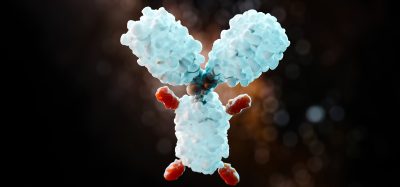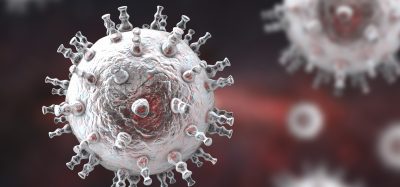Expert view: Advancing antibody discovery with picodroplet technology
Posted: 13 September 2019 | Sphere Fluidics Ltd. | No comments yet
It is predicted that there will be 70 new monoclonal antibody (mAb) biotherapeutics available by 2020.
This increased focus on biologics discovery increases the pressure to reduce discovery and development timelines, resulting in the need for more efficient screening and more precise methods for mAb production.1
Current methods used in antibody discovery such as hybridomas, humanisation of rodent antibodies and display technologies are well established with proven success rates – more than 60 mAbs have been approved by the US Food and Drug Administration (FDA).1,2,3 However, the semi-automated technologies currently used are not efficient enough to meet the growing demand for new therapeutics, being time-consuming, resource-intensive with a low screening throughput of antibody-secreting cells. Therefore, there is an urgent need for novel technologies to enable the high-throughput screening, detection and isolation of those rare cells secreting antigen-specific antibodies.
The emergence of microfluidic-based picodroplet technology platforms, like the Cyto-Mine® single-cell analysis system, provides an integrated solution that enables the rapid screening of millions of cells and their secreted antibodies. The core technology involves the encapsulation of a single cell within a picolitre volume aqueous droplet (picodroplet), which provides a uniquely protective and supportive environment where secreted proteins can be trapped and assayed. This approach is rapid yet gentle and allows single B cells secreting antigenspecific antibodies to be isolated from large populations.
A major benefit of picodroplet technology is that the picodroplets enable a highly concentrated single-cell assay, with the concentration of secreted antibodies in the picodroplet being approximately five to six orders of magnitude higher than conventional assays.
By combining cell isolation, screening and antigenspecific assays into a fully automated workflow, this powerful technology is poised to revolutionise antibody discovery by addressing the key needs for reduced costs, higher throughput and greater sensitivity, offering a solution to accelerate drug discovery and development.
References
1. Ecker D, Jones SD, Levine H. 2015. The therapeutic monoclonal antibody market. MAbs, 7(1), pp. 9-14.
2. Lu ZJ, et al. 2012. Frontier of therapeutic antibody discovery. World Journal of Biological Chemistry, 3(12), pp. 187-196.
3. Singh S, et al. 2018. Monoclonal Antibodies: A Review. Current Clinical Pharmacology, 13(2), pp. 85-99.
Related topics
Analysis, Antibiotics, Assays, Biotherapeutics, Drug Development, Drug Discovery, Technology
Related organisations
Sphere Fluidics Ltd.







